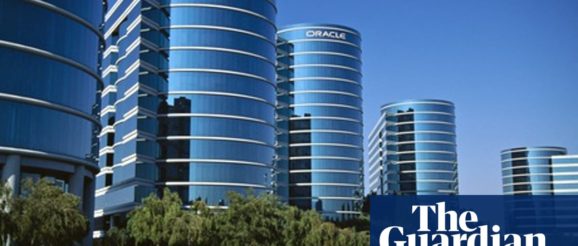Innovation districts appear in cities as disparate as Montreal and London | Public Leaders Network | The Guardian

For years, corporate campuses like Silicon Valley were known for innovation. Located in suburban corridors that were only accessible by car, these places put little emphasis on creating communities where people work, live and go out.
But now, as the economy emerges from the recession, a shift is occurring where innovation is taking place. Districts of innovation can be found in urban centres as disparate as Montreal, Seoul, Singapore, Medellin, Barcelona, and London. They are popping up in the downtowns and midtowns of cities like Atlanta, Cambridge, Philadelphia, and St. Louis.
These are places where advanced research universities, medical complexes, and clusters of tech and creative firms are attracting businesses and residents.
Other innovation districts can be found in Boston, Brooklyn, San Francisco, and Seattle, where older industrial areas are being re-imagined and remade, leveraging their enviable location near waterfronts and city centres and along transit lines. Innovative companies and talented workers are flocking to these areas in abundance.
Even traditional science parks like Research Triangle Park in Raleigh-Durham are scrambling to urbanise to keep pace with their workers’ preference for walkable communities and their companies’ desire to be near other firms.
In these districts, leading anchor institutions and start-ups are clustering and connecting with one another. They are coming together with spin-off companies, incubators, and accelerators in the relentless pursuit of new discoveries for the market.
These areas are small and accessible, growing talent, fostering open collaboration, and offering housing and office space as well as modern urban amenities. They are both competitive places and “cool” spaces.
The growth of innovation districts is being driven by private and civic actors like universities, philanthropies, business associations and business improvement districts. Yet local governments play an important role in accelerating the growth of districts and maximising their potential . Three roles stand out:
1) Mayors are leading efforts to designate districts
Barcelona’s former mayor Joan Clos set his eyes on transforming his city into a “city of knowledge”. Through extensive, focused public planning and investment, Clos designed an innovation district from the debris of a 494-acre industrial area, which was scarred and separated from the rest of the city by railroad tracks. His vision included burying these tracks, increasing access via a new public tram, designing walkable streets, and creating new public spaces and housing.
Today, the area is a 21st-century urban community with 4,500 firms, thousands of new housing units, and clusters of universities, technology centres, and incubators.
Across the Atlantic in Boston, former mayor Tom Menino declared the South Boston waterfront an innovation district in 2010. Menino persuaded innovators like MassChallenge to move to the district and exacted important concessions from developers (including land for innovation-oriented retail, shared labs and other spaces, and micro-housing) to help realise the district’s vision.
2) Changing land-use laws to build spaces with a mix of facilities
Barcelona and Research Triangle Park, for example, developed bold master plans encouraging the “mixing” of large and small firms, research facilities, housing, restaurants, and retail and outlining where to create open spaces for networking. Cambridge, Massachusetts, by contrast, has allowed incremental moves from rigid, antiquated rules to encourage similar outcomes in Kendall Square .
3) Supporting scarce public resources with large private and civic investments
In New York , former mayor Michael Bloomberg deployed $100m in municipal capital to prepare the infrastructure necessary to lure Cornell and Technion universities to Roosevelt Island. In other cities, including St Louis and Seattle, local resources are financing infrastructure improvements to buttress and accelerate private growth.
Given that many innovation districts are adjacent to low-income neighbourhoods, cities like Philadelphia are considering smart use of school investments to prepare disadvantaged youth for good jobs in the Stem (science, technology, engineering, and math) economy.
As this decade unfolds, we should expect more cities to use their powers in the service of this new model of innovative, inclusive, and resilient growth.
Bruce Katz is Brookings vice president and co-director of the Brookings Metropolitan Policy Program. He is also the co-author of The Metropolitan Revolution. Julie Wagner is a non-resident senior fellow at the Brookings Metropolitan Policy Program.
• Want your say? Email sarah.marsh@theguardian.com to suggest contributions to the network
Not already a member? Join us now for more comment, analysis and the latest job opportunities in local government.
